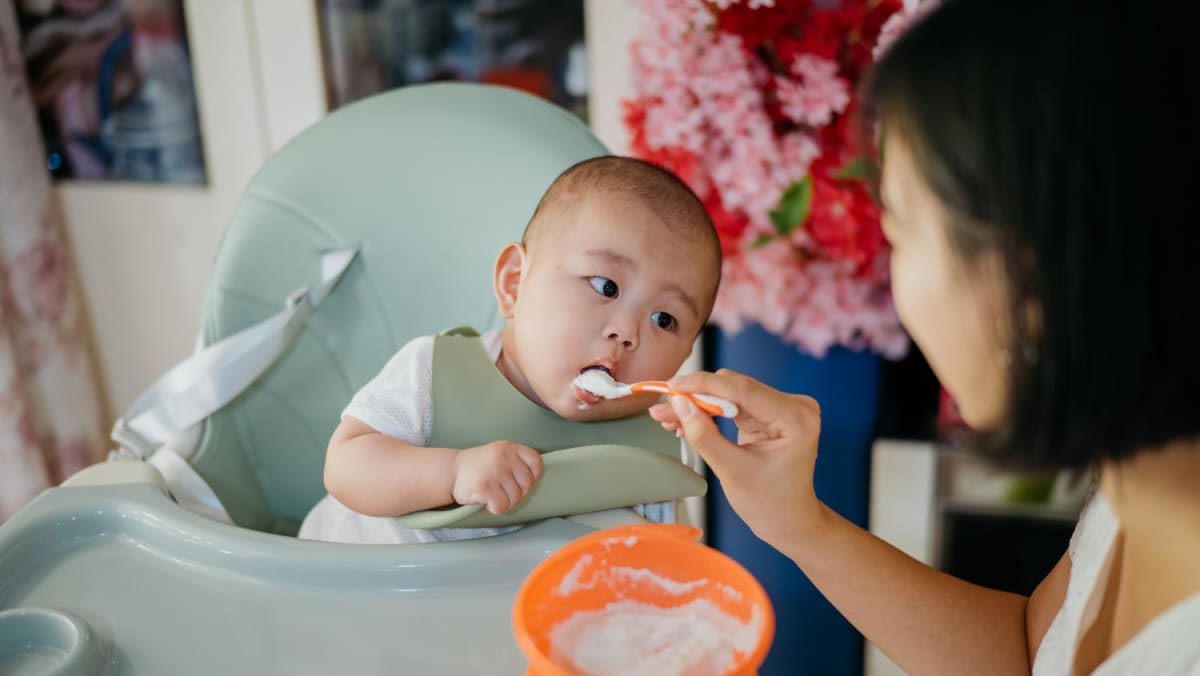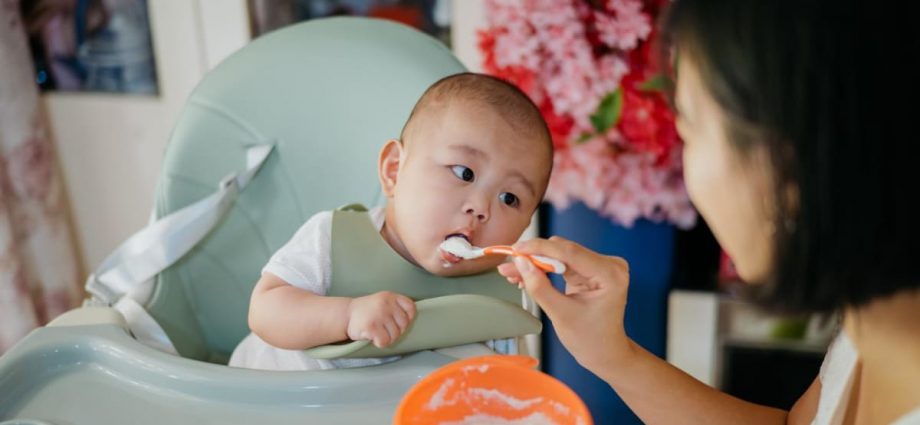
RETAILERS WEIGH IN
Retailers of children’s products told CNA they look out for various features and safety standards when selecting high chairs for sale.
PramFox, which stocks four different models of high chairs, said it takes into account European safety standards.
Founder Elise Mawson, an engineer by training, said the testing protocol for these safety standards include static load tests, which check how much weight a high chair seat can bear, and stability tests for sliding and tipping, which measures how far a child can lean out before a chair topples. The protocol also checks for mechanical hazards that can cause a child to choke, become trapped or tangled. In addition, tests are run for toxic materials such as lead used in the construction of a high chair.
“I need to personally really like, trust and recommend the product,” said Ms Mawson, a mother of three. “This will encompass the usefulness of the product, construction quality, aesthetic, brand values, safety standards and also the results of independent consumer testing.”
Ms Mawson said parents should also consider the reputation of the seller and the brand.
“Ask which safety standard the product adheres to. Ask what is the maximum weight limit. If they are looking in-person, try to get a feel for the construction quality and material (such as the harness straps) and see if it feels flimsy.
“If you notice (your child is) able to rock the chair … that’s a massive red flag – talk to your retailer about possible solutions.”
She added: “If you’re buying online and reading reviews, try to look for genuinely helpful feedback rather than just the usual ‘fast delivery, well packaged and seller gave gift, yet to try’.”
Buyers may also want to check that sellers are available to answer questions on the assembly or usage of the chair, and that the seller is proactive in getting in touch with customers in the event of a product recall.

